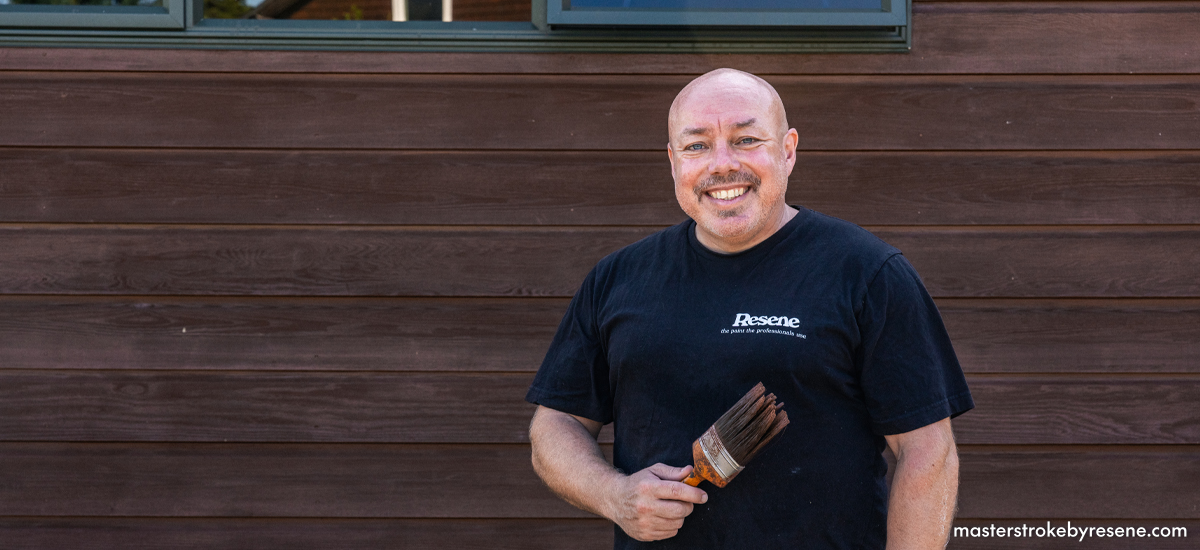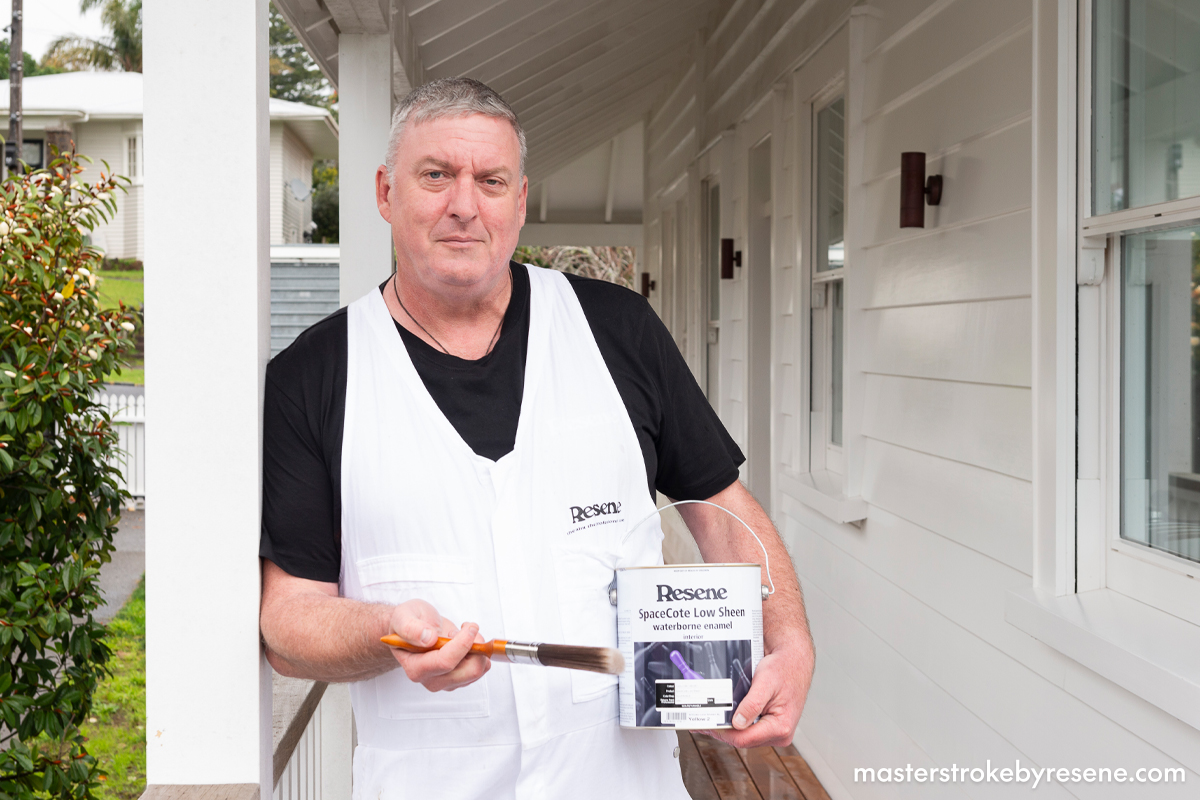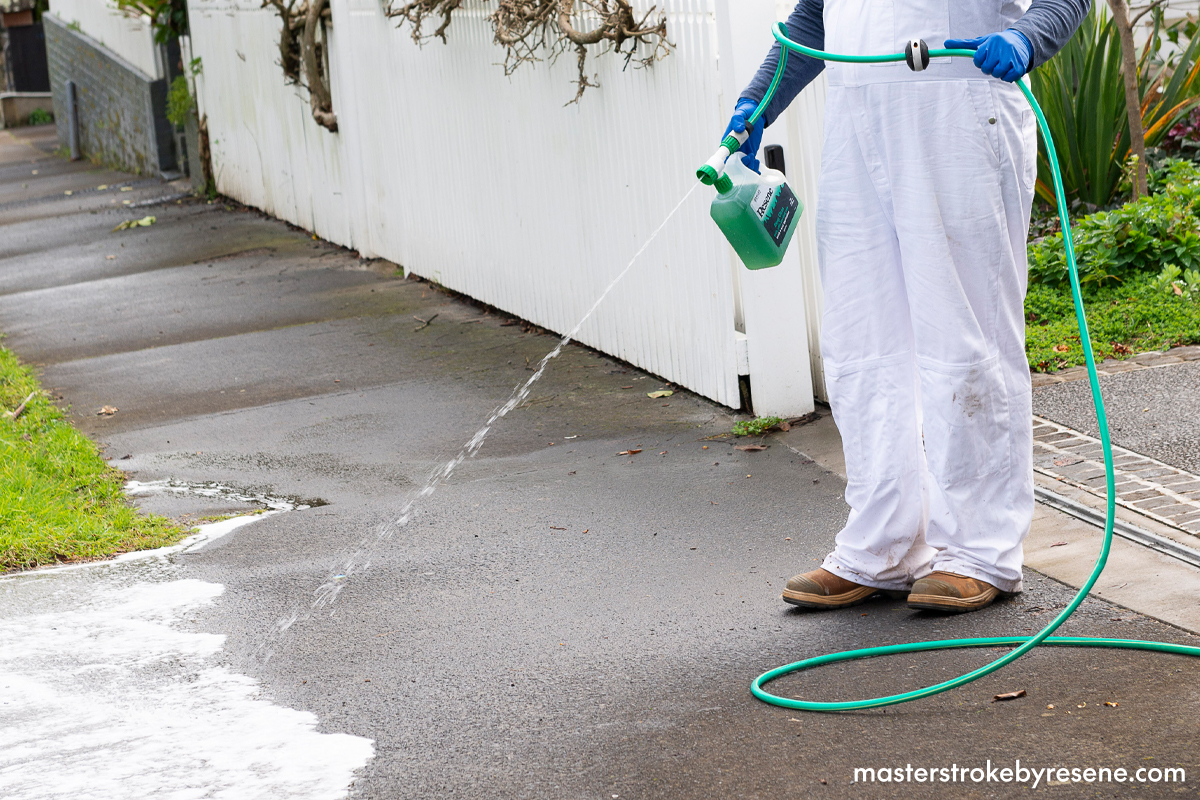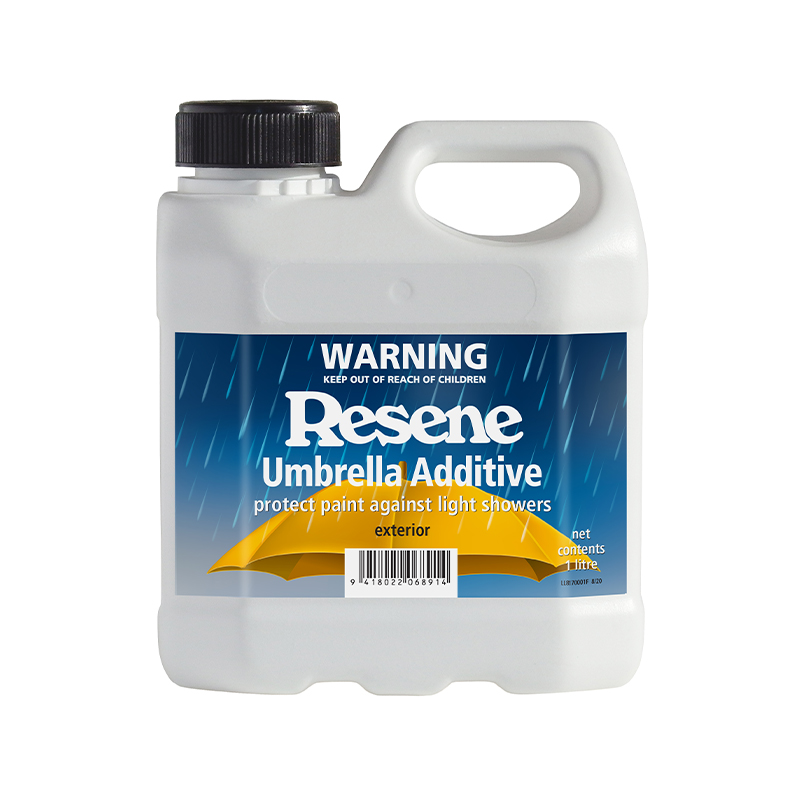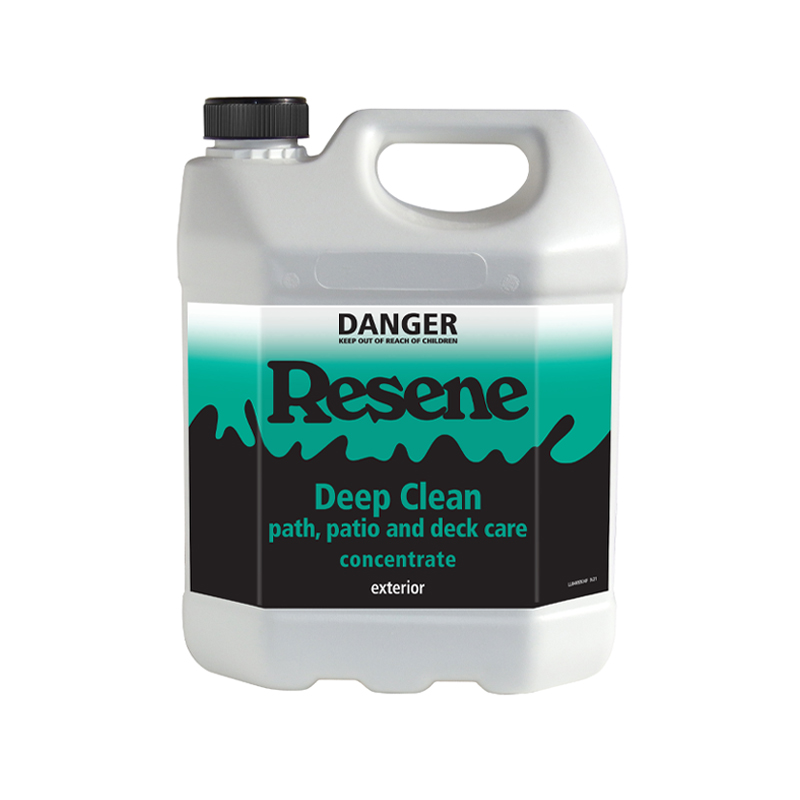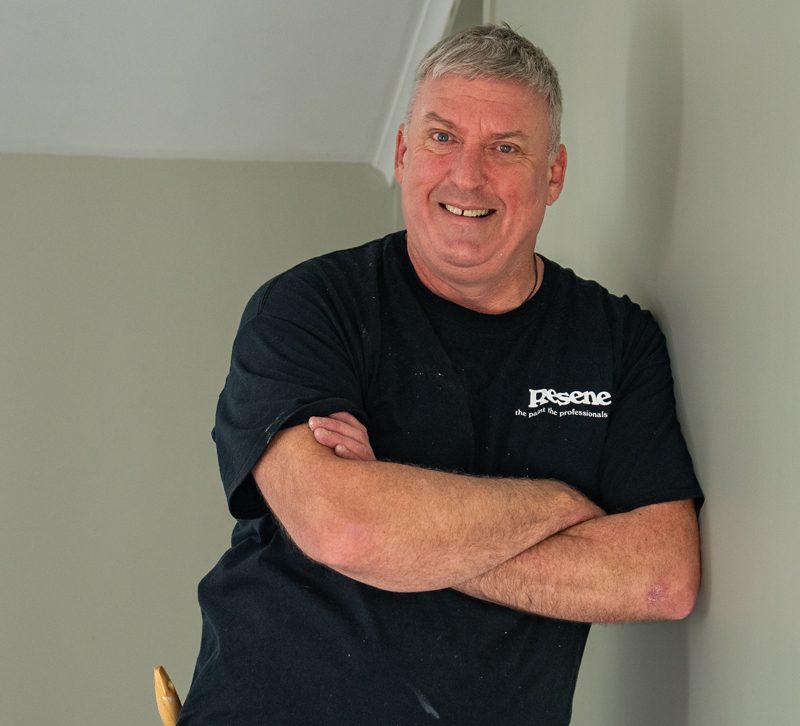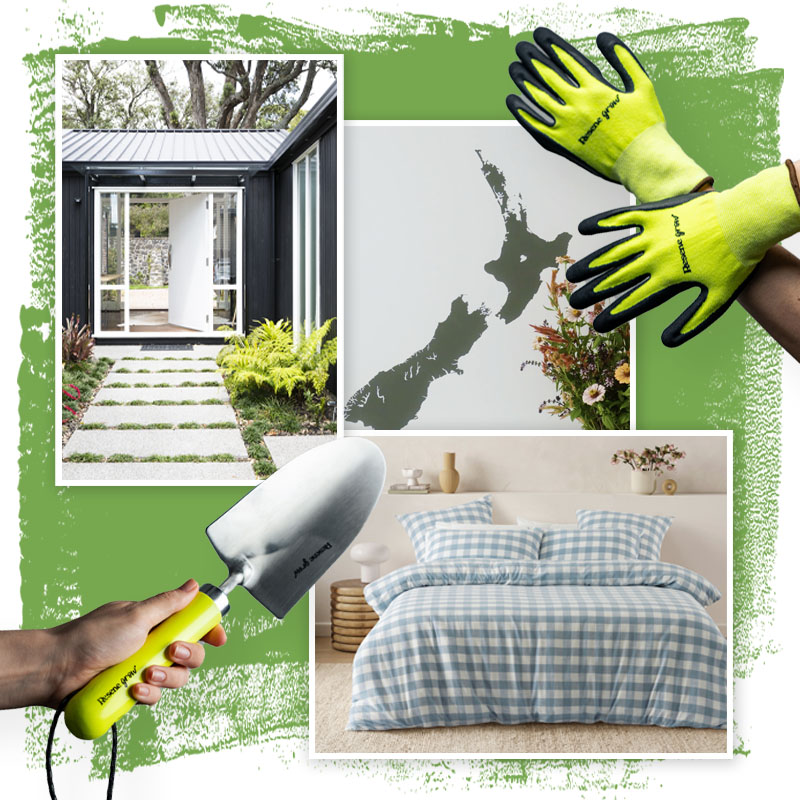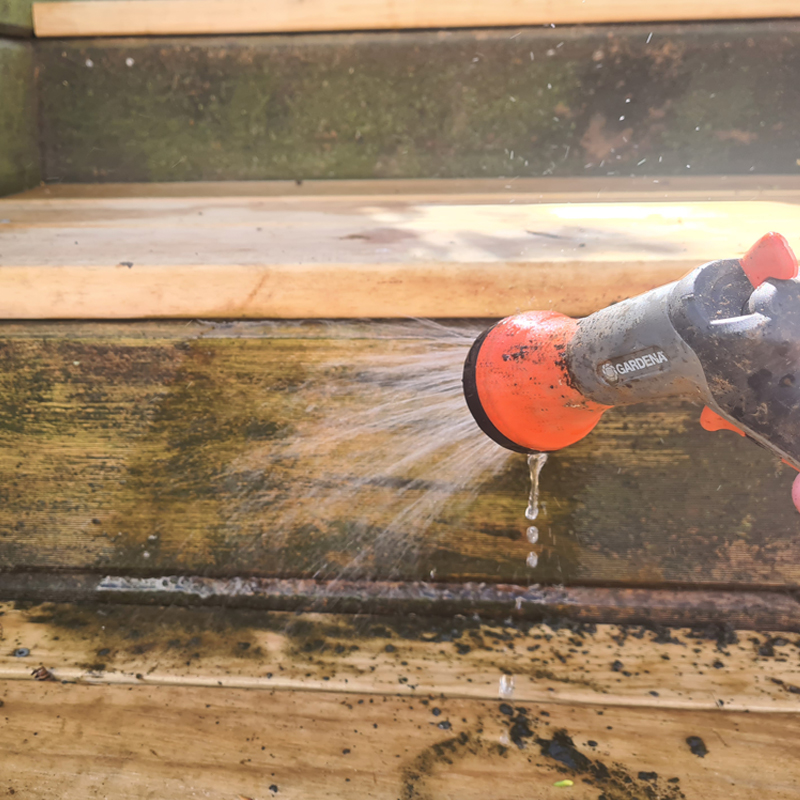While there are always jobs to do around the home, you do need to change your approach to those jobs depending on the season. We spoke to three Resene experts and asked for their advice and tips for painting, wallpapering and general maintenance before and during winter.
Resene Paint Expert Jay Sharples
What jobs do you have planned before winter really sets in?
The last exterior job I have planned before winter is to clean my decks and pathways and treat them with Resene Deep Clean. I’m planning on using the quick and easy application container that connects to the hose. Resene Deep Clean is slow acting, so there is no scrubbing required. It’s a simple and safe method for keeping your outdoor areas free from moss, mould, algae and lichen.
What about your house?
I cleaned and restained my house in December so it’s well coated and protected, but I’ll still give it a soft wash and double check all areas.
While living at my previous homes, when heading into winter I would clean the exterior and check the timber sash windows and weatherboards for any obvious signs of damage. Then, if required, I would touch up any bare areas so that everything was well protected for winter. Touching up small areas is much easier than having to repaint or even strip areas.
After I’m happy all the exterior jobs that can be done are completed, I’ll start making a plan for what needs to be done inside.
Winter time is also a good time for wallpapering. Many decorators find it much easier to wallpaper when it is cooler than when the weather is hot.

